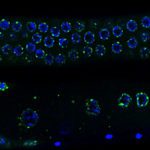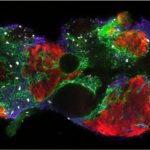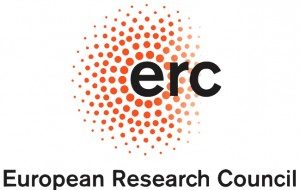About
Inherited information is transmitted to progeny primarily via the genome through the gametes. In recent years, epigenetic inheritance has been demonstrated in several organisms, including animals. Yet, the molecules and mechanisms responsible for this type of inheritance are incompletely understood.
Histone modifications, DNA methylation, and small RNAs have been proposed to participate in epigenetic inheritance. Indeed, we recently showed how the inheritance of a specific type of small RNA impairs animals’ fertility. Diverse phenotypes, such as immune responses and learned behaviour, were also recently found to be controlled by heritable small RNAs. Despite these important roles for small RNAs in trait inheritance, their mechanism of action and how they are transmitted from tissues and gametes to the next generation remain unknown.
The overall objective of this proposal is to discover novel factors and mechanisms that underlie epigenetic inheritance in animals. The nematode Caenorhabditis elegans is an ideal model system to study epigenetic inheritance, because of its short life cycle and the ability to minimize the effect of genetic variations. We will achieve our objective by applying genetic, genomic, and biochemical tools to C. elegans, coupled with sophisticated sorting strategies developed in our laboratory. These approaches uniquely allow us to comprehensively evaluate small RNA inheritance in specific stages of development, tissues, and organelles. Specifically, we will 1) elucidate how small RNAs and histone modifications regulate the inheritance of developmental programs, 2) decipher the mechanisms of antisense small RNA biogenesis and inheritance, and 3) discover the principles of soma-to-germline RNA transfer and its biological functions.
Achieving our objective could radically change concepts of inheritance, and transform our understanding of the molecular pathways and mechanisms that govern epigenetic inheritance in animals.






